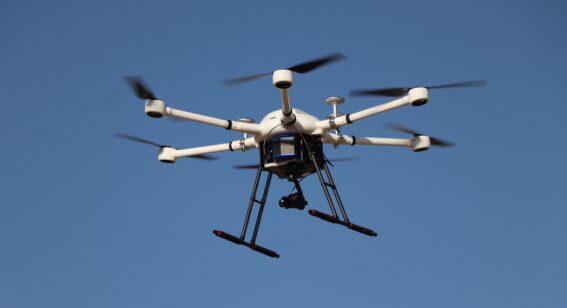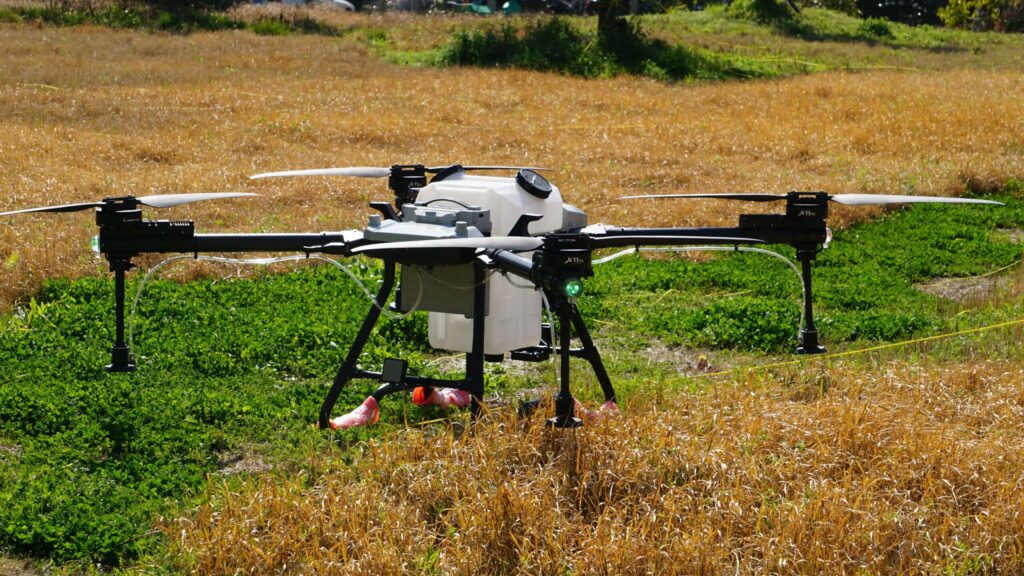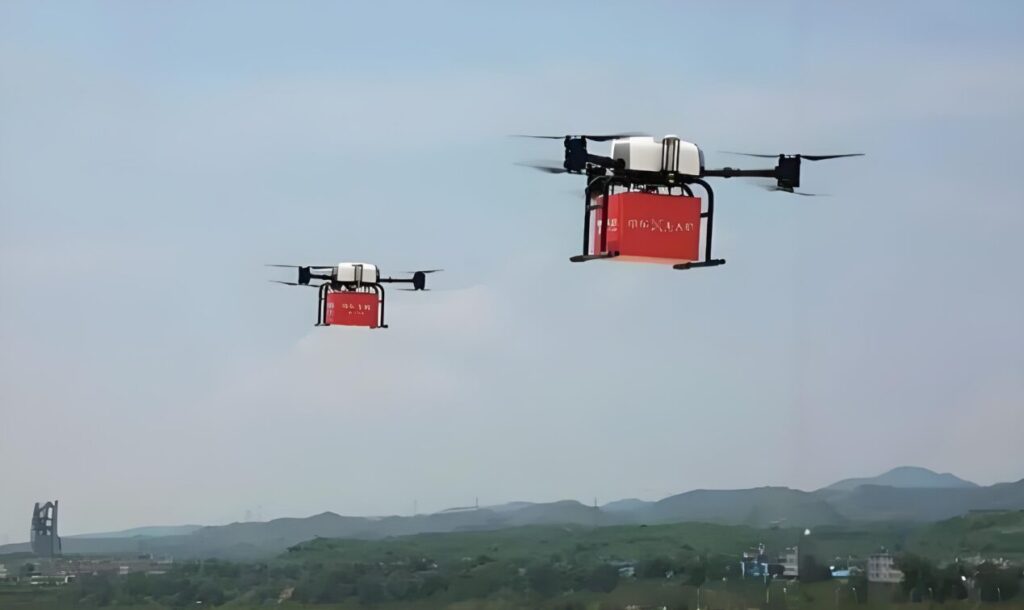In fields such as logistics, agriculture, and disaster response, traditional transportation methods often struggle with terrain limitations, high costs, or inefficiencies. Heavy-lift drones, with their exceptional payload capacity, flexible deployment, and all-weather operation capabilities, are emerging as critical solutions to overcome these bottlenecks, driving industries toward greater efficiency and sustainability.
Core Advantages: Why Heavy-Lift Drones Can “Bear the Weight”
The design of heavy-lift drones centers on three core capabilities:
Optimized Power Systems: High-efficiency motors and intelligent electronic speed control technology deliver robust lift while balancing energy consumption, ensuring stable payload handling.
Lightweight Structures: Composite materials and modular designs minimize drone weight, maximizing effective payload capacity.
Intelligent Flight Control: Adaptive flight algorithms dynamically adjust flight posture to counteract turbulence and uneven loads.
These technologies synergize to enable heavy-lift drones to carry hundreds of kilograms of cargo while maintaining stability in complex environments.

Key Application Scenarios
Last-Mile Logistics Delivery
In remote mountainous areas, islands, or congested urban zones, drones bypass ground transportation barriers to deliver large packages, medical supplies, or perishable goods directly to end users, improving delivery speed by threefold or more.
Large-Scale Agricultural Operations
Equipped with high-capacity tanks, drones efficiently spray pesticides, sow seeds, or fertilize fields, covering dozens of times the area of traditional manual methods in a single operation while reducing resource waste.
Disaster Relief Cargo Transport
When earthquakes or floods disrupt roads, drone swarms rapidly airdrop heavy supplies like tents, food, and medical equipment to establish temporary lifelines.
Industrial Equipment Transport
In remote mining or oilfield sites, drones transport heavy machinery parts or inspection tools, eliminating reliance on costly and inefficient ground or helicopter logistics.
Performance Highlights: Balancing Utility and Reliability
All-Weather Adaptability
Wind and rain-resistant designs, combined with multi-sensor navigation, ensure safe operations in storms or strong winds.
Precision Delivery
GPS/RTK high-precision positioning and mechanical pod systems enable centimeter-level accuracy in cargo drops, minimizing landing deviations.
Extended Endurance
High-capacity batteries and hybrid power systems extend mission durations, supporting single-flight ranges of tens to hundreds of kilometers.

Future Potential: From Tool to Infrastructure
As technology advances, heavy-lift drones will expand in two directions:
Automated Logistics Networks: Collaborating with ground warehouses and autonomous vehicles to build “air-ground” integrated transport systems for 24/7 delivery.
Green Energy Adoption: Hydrogen fuel cells and solar technology applications will further reduce carbon emissions, advancing sustainable logistics.
Industry projections suggest that within the next decade, heavy-lift drones will handle over 15% of global logistics in specialized scenarios. This revolution transcends efficiency gains—it promises to reshape resource distribution models, bridge urban-rural service gaps, and create a fairer, more efficient global supply network.

